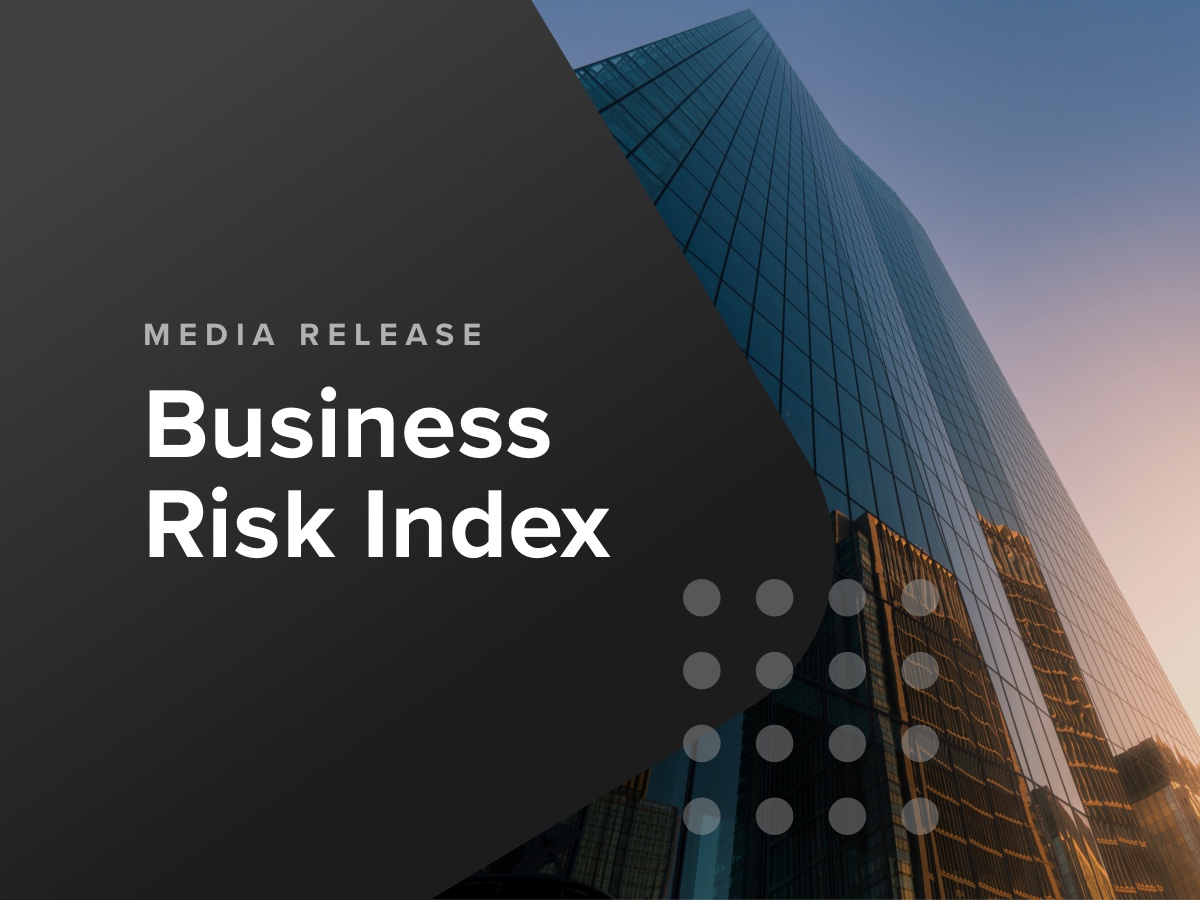For anyone working in financial services, more predictive algorithm credit-risk models mean more informed decision making and therefore fewer losses. So how can data specialists working in fintech enhance the predictability of their models? James O’Donnell, Managing Director of Open Analytics and creator of the CreditorWatch Business Risk Index, provides some insights.
Leveraging respected expertise
James O’Donnell is a numbers man, an analytics expert. He has a postgraduate mathematics degree and was Westpac’s head credit data scientist for 15 years. He began his career in credit analytics, using maths and statistics to build Westpac’s credit scoring models. At the end of his tenure, he headed up the team responsible for credit models: capital modelling, capital management, provisioning and credit decisioning. James is the brains behind several data tools you can start utilising for greater model performance and predictability.
Time for a new model
James became increasingly aware there was a gap in the important field of garnering relevant data for credit risk assessment and credit decisioning. And so, five years ago, he founded Open Analytics. He began offering his unique expertise to the financial services sector, steering far away from the traditional PowerPoint-presentation-based data services that other professional services provided. Open Analytics active approach was hands-on from day one: building data blocks and helping financial service teams integrate new data into their models to enable the best-possible decisions.
Valuable new data
James worked closely with Westpac’s credit policy, credit and analytics teams; straddling analytics and credit decisioning. He was Westpac’s representative in dealings with the Australian Prudential Regulatory Authority (APRA), and Chair of Westpac’s internal credit risk committee; responsible for approving credit models and credit policies that affected capital and provisioning. As a result, James has an incredibly in-depth understanding of the financial services world, and the mathematical skills and technical know-how to deliver vital data and inputs in creative and valuable new ways.
Enhancing your data strategy
Open Analytics has developed ratings systems and credit models for Australia’s largest banks. James says, “Big banks want the hard-core data science side of our business”. This offering broadened two years ago after a meeting with CreditorWatch.
“One of our clients put us in touch with CreditorWatch,” he says. “We’ve since built a strong partnership with this pioneering credit bureau; helping to build its rating system and customers’ data strategies and data analysis for credit modelling and decisioning.”
The CreditorWatch data block
To help their credit managers in their credit decisioning processes, larger creditors, trade creditor insurance providers and big banks access CreditorWatch’s data block. This big dataset captures important data analytics from more than 11 million trade lines. James explains, “Not only can we look at all this data for today, we can also see monthly snapshots going back to 2015. This data enables businesses to see the state of the business world for the past six years and use this historical data for model developments and detailed historical analysis”. When creating data blocks, James ensures these are structured in a digestible way that data scientists and credit modellers can use most efficiently.
CreditorWatch’s unique data
With the immeasurable amount of data circulating around the world, it’s important to understand what makes CreditorWatch’s data unique and why this matters. Firstly, small and medium enterprises (SMEs) can benefit from credit reporting that summarises the credit rating for a business they may be considering offering credit to. This risk management data is based on business-to-business transactions between the credit applicant and their other creditors, which is the most predictive analytics data for an SME’s financial health; enhancing CreditorWatch customers’ ability to make the best assessment of credit applications.
Incorporating geographical risk data
The other truly unique data aspect of the CreditorWatch data, is that it provides a new offering in geo-credit risk. Open Analytics and CreditorWatch collaborated to create the Business Risk Index (BRI) which launched in October 2021. Not only is this new economic index a useful credit-risk tool for those who manage credit, it conveys risk by business location (geo-risk) and is a powerful predictor for small business credit ratings. This provides businesses with a novel way to help mitigate credit risk in such uncertain times.
Making assessments more robust
While every lender has a slightly different credit assessment process, most assess three key things, all represented in CreditorWatch data:
- Financial risk – shown in the balance sheet, cashflow, liquidity etc.
- Demographic risk – the business’s age, scale etc.
- Behavioural risk – making payments on time, late payments, court cases etc.
The big end of town tends to focus heavily on financial risk, whereas SMEs are more concerned with behavioural and demographic risk—and only CreditorWatch has the data, data blocks, data sources and models these SMEs need. While many businesses still use a manual, human process to rate business credit risk, large financial institutions are adopting a purely statistical-model approach using machine learning and data science. In the middle, businesses with $20–$30 million turnover blend human and statistical models to make credit assessments. With a little help from data specialists, any of these credit assessment techniques can become considerably more robust.
Get data tailored to your needs
Many banks and financial institutions have already benefited from CreditorWatch data. It has helped enhance their score models and decision-making processes and rules. James states, “For those with a sophisticated approach to data delivered by data scientists or a credit team, there’s a commercial data block of 40 factors we can integrate into your credit decisioning tools, and also your credit ratings or credit scorings; at the credit application stage and for the ongoing monitoring of your back book as well”.
James adds that the way the business analytics and data can be virtually packaged up and delivered to organisations is also extremely flexible. “We can tailor data blocks to lenders’ preferences, and even tailor our credit ratings to suit lenders’ design specs.”
To find out more about how predictive models and unique data can assist your business speak to one of CreditorWatch’s data specialists here > https://creditorwatch.com.au/contact/?customer=no
About CreditorWatch
CreditorWatch started in 2010 with a mission to solve one problem: the lack of commercial bureau services for Australian small businesses. It is now the leading commercial credit reporting bureau in Australia, with:
- 55,000+ customers (SMEs and ASX-listed) who access and contribute to CreditorWatch data
- 11 MILLION trade lines from Xero, MYOB and corporate ATBs
- 18.5 MILLION credit scores calculated monthly
- 35,000 unique payment defaults captured annually
Ways to enhance your insights
There are many ways CreditorWatch can help enhance your insights, including:
- Credit Reports – to assess the creditworthiness of any entity in Australia
- Payment Predictor – utilises the unique trade payment data of 55,000+ SMEs
- RiskScore – unique data plus sophisticated machine learning for the most predictive score.


